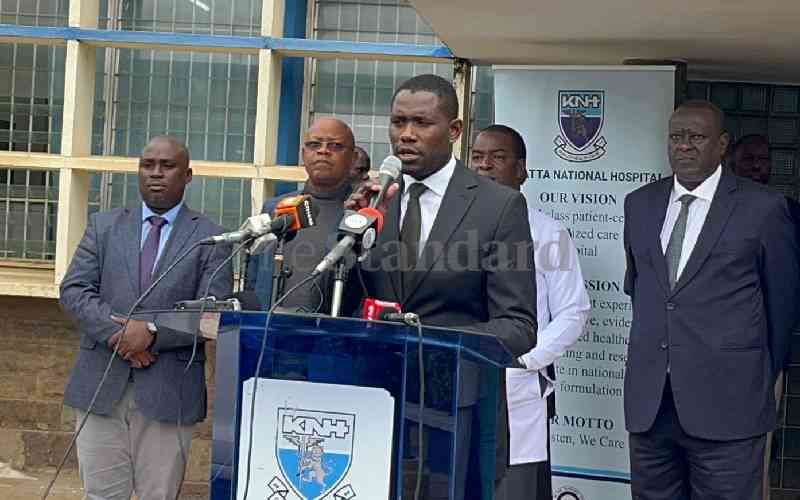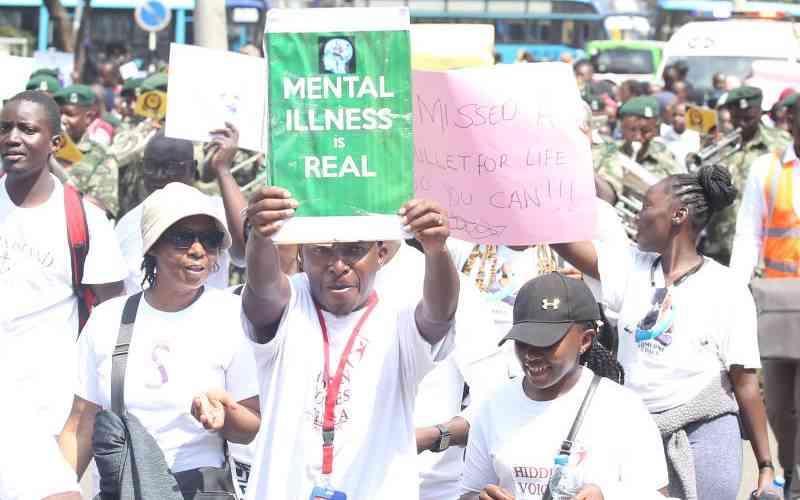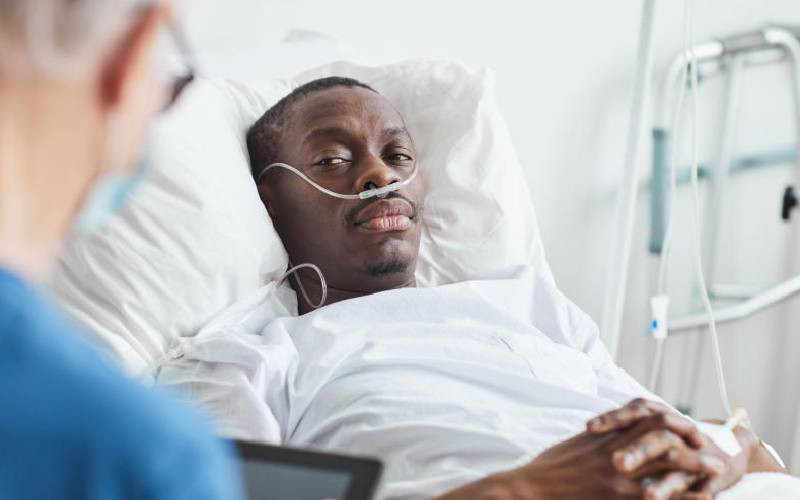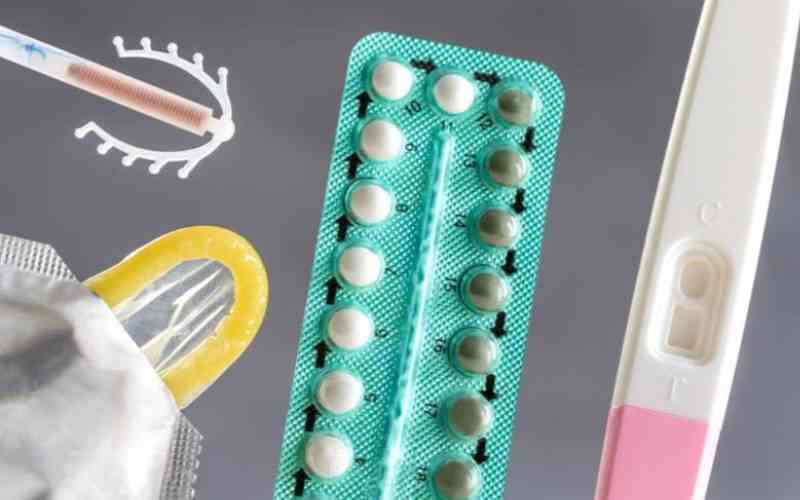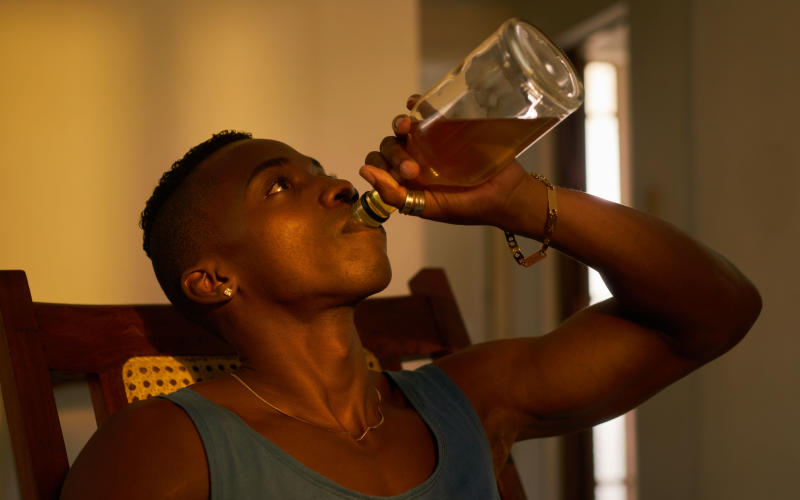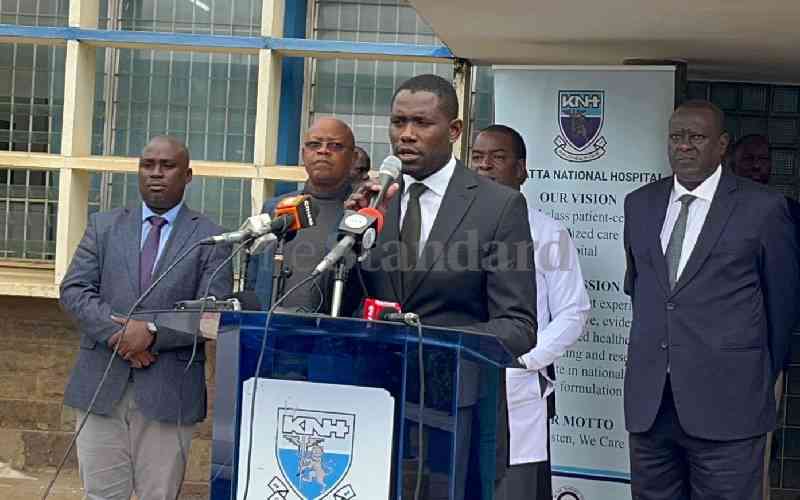
In December 2016, doctors in Kenya took an extraordinary stand. As Secretary General of the Kenya Medical Practitioners, Pharmacists and Dentists Union (KMPDU), I joined thousands of colleagues on the picket lines. We were exhausted physically from grueling hours and emotionally from watching patients suffer in a broken system.
Public hospitals had become places of pain. Vital machines broke down constantly. Wards were overcrowded, and patients often lay on the floor for lack of beds. We had one demand: implement the 2013 Collective Bargaining Agreement (CBA). It promised not just fairer salaries, but stronger hospitals, more staff, and reliable supplies of essential medicines. For us, it was never just about paychecks; it was about restoring dignity to healthcare.
The strike lasted 100 days. Public hospitals came to a halt. The toll on Kenyans was immense, and we knew lives were being lost because the majority could not afford private care. That weighed heavily on us, but we believed that short-term sacrifice would lead to long-term reform.
The government resisted, even jailing myself and six union leaders for defying court orders to end the strike. Those were dark days. Yet, standing in court in 2017, I felt more convinced than ever that our struggle was just. We were fighting for respect for doctors and for better care for patients — two sides of the same coin.
When the strike ended in March 2017, we had secured commitments that changed the health sector forever. Doctors’ hours were capped at 40 per week, overtime was compensated, and long-overdue allowances were introduced. Most importantly, the agreement recognized that health worker welfare and patient welfare are inseparable. For the first time, a blueprint for fixing the system was on the table.
Eight years later, I sit on the other side of the table. No longer a union leader with a megaphone, I am now Principal Secretary for Medical Services, helping implement the very reforms we once clamored for outside Afya House. The irony is not lost on me. The doctor who led chants in 2017 now chairs policy meetings in 2025. But in truth, my mission remains the same. Then, our mantra was simple: patients and providers deserve better. That still guides me today.
The transition from activism to public service has shown me how ideas move from protest to policy. Under President William Ruto’s Bottom Up Economic Transformation Agenda (BETA), healthcare sits at the heart of national priorities. My appointment was a recognition that the demands of 2017 were not just slogans; they were seeds of reform that are now being nurtured.
- Kenya receives 3 million BCG vaccine doses
- Oluga urges counties to prioritise HIV prevention amid rising youth infections
- Concern over rising HIV infections among the youth
- Kenya's healthcare inequality persists as self-care, local production gain momentum
Keep Reading
I often recall one moment outside Kenyatta National Hospital, addressing a sea of white coats. “Our fight is not just about pay,” I told them. “It is about oxygen in wards, drugs on shelves, and dignity in hospitals.” Today, that conviction drives every decision I make as a policymaker. The passion of 2017 fuels the progress of 2025.
The reforms we once demanded are now visible across the country. The government is absorbing thousands of health workers into permanent, pensionable positions, and salary arrears from the 2017 CBA have been cleared. Job security and fair compensation are motivating doctors and nurses to stay, ending cycles of burnout, strikes, and brain drain.
Public hospitals are being modernized at a scale we once only imagined. Facilities like Kerugoya Hospital have been transformed into referral centers with intensive care units and oxygen plants. Through the National Equipment Service Project, hospitals are receiving CT scanners, dialysis machines, and digital X-rays, bringing advanced care closer to the people.
Healthcare is also being brought to the community. The government has trained and deployed 100,000 Community Health Promoters — one for every 100 families. These health workers are paid, equipped with medical kits and digital tools, and are revolutionizing preventive care and early detection. For the first time, community health is recognized, formalized, and resourced. In addition, more than 7,000 staff hired under the UHC program have been converted to permanent and pensionable terms, giving continuity to primary care.
Financing reform is also reshaping the system. The National Hospital Insurance Fund has been replaced by the Social Health Insurance Fund under the Social Health Authority, with contributions now based on income. Specialized funds cover primary care and catastrophic illnesses, making healthcare financing fairer.
Over 26 million Kenyans have enrolled, and billions of shillings have been paid to hospitals since late 2024. Earlier this year in Kisumu, I met a father whose child required surgery costing KSh 200,000. In the past, he would have turned to a harambee. Today, most of the cost was absorbed by the new Emergency and Chronic Illness Fund. With tears in his eyes, he told me, “UHC imenisaidia.”
This is the Kenya we dreamed of in 2017. We are not yet at the finish line. Enrolling informal sector workers remains a challenge, reimbursement systems need streamlining, and infrastructure must continue expanding to match our population. But the trajectory is clear: healthcare is becoming a right, not a privilege.
I carry pride for how far we have come, gratitude for those who believed in the struggle, and determination to see it through. Our vision is simple: a Kenya where no mother dies in childbirth for lack of supplies, no accident victim is turned away for lack of a surgeon, no family is bankrupted by a hospital bill, and where doctors and nurses thrive in their calling.
Social change is a relay race. In 2017, we carried the baton of reform amid adversity. Today, many of us are implementing those reforms from within government. The race is not over, but we are gaining ground with every stride.
If I could speak to my younger self in 2017, I would say, “Your voice was heard. The struggle was worth it. But the work continues.”
To my fellow Kenyans, my message is clear: healthcare is a collective responsibility. Hold us accountable, support health initiatives in your community, and embrace the ethos that health is a right and a shared investment.
Kenya stands on the threshold of a new health era. I see a future where a poor child in Turkana has the same chance at life as a wealthy child in Nairobi, where doctors and nurses no longer feel compelled to leave home, and where public hospitals are places of healing, not despair.
That is the Kenya we are building. From the picket lines to the policy suites, our journey continues.
Dr Oluga is PS State Department for Medical Services
 The Standard Group Plc is a multi-media organization with investments in media
platforms spanning newspaper print
operations, television, radio broadcasting, digital and online services. The
Standard Group is recognized as a
leading multi-media house in Kenya with a key influence in matters of national
and international interest.
The Standard Group Plc is a multi-media organization with investments in media
platforms spanning newspaper print
operations, television, radio broadcasting, digital and online services. The
Standard Group is recognized as a
leading multi-media house in Kenya with a key influence in matters of national
and international interest.

